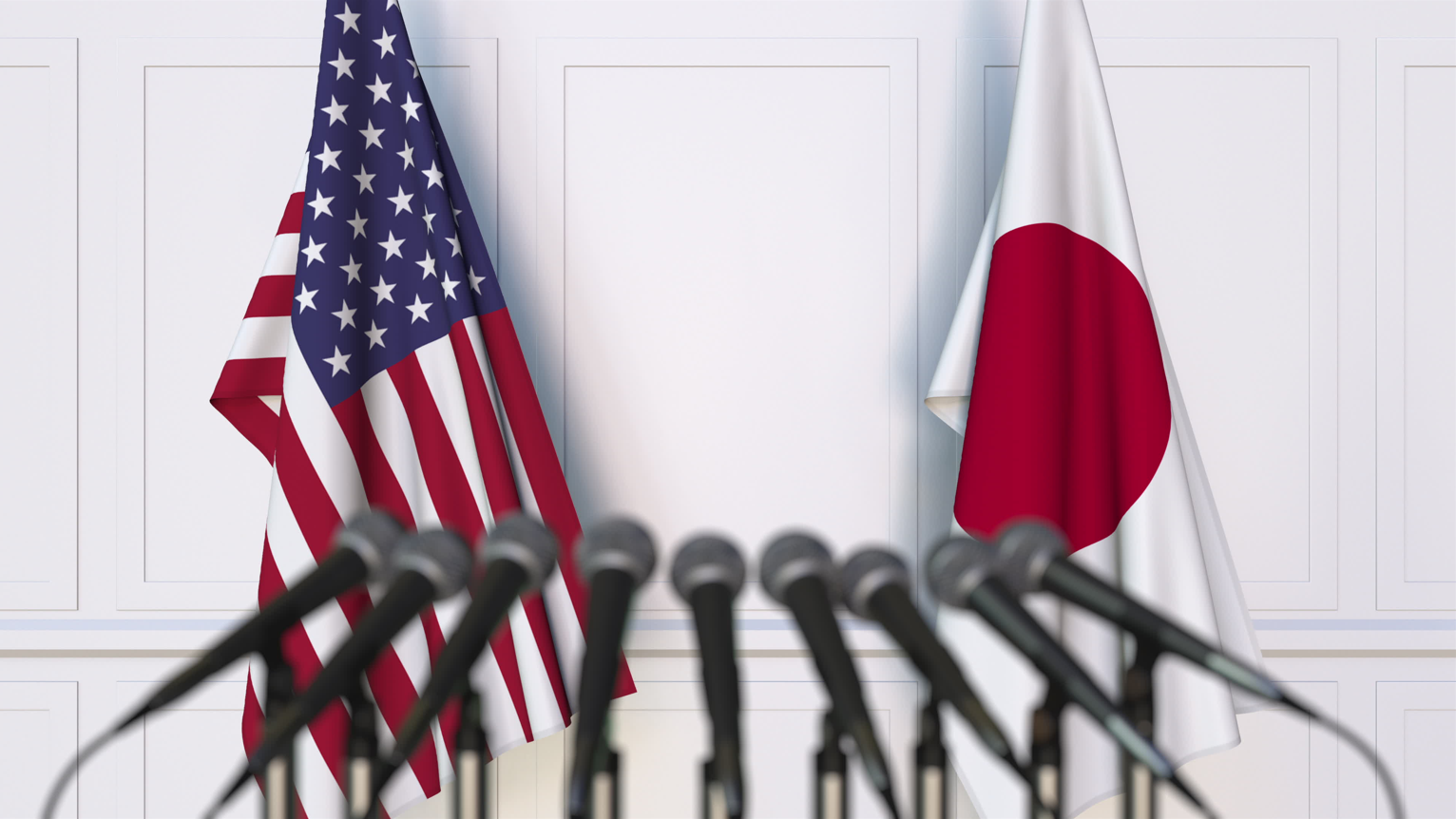President Trump’s most recent post lifted optimism for the auto sector since the US and Japan have reportedly reached a trade deal that includes a 15% tariff on Japanese exports towards the US.
The originally proposed tariff rate was 25% and the deal is considered a major advancement in trade relations between the US and Japan, easing earlier tariff tensions and expanding bilateral investment and market access.
Additionally, the deal also entailed preliminary plans for half a trillion investments by Japan into the US market, with the US reportedly receiving 90% of the profits but also will benefit from the creation of much needed new jobs that President run on at his pre-election campaign.
The agreement also entails improved market access for US agricultural products in Japan, including cars, trucks, rice, and specific agricultural products, which Japan agrees to open its market for.
The news sparked broad-based gains in Japan’s stock market, led by Japanese automakers. Toyota Motor soared by over 14%, Honda Motors by 11%, and Nissan Motors rose by 8% as soon as the Asian session began.
Evidently European automakers tracked gains of their Japanese peers and rallied at today’s European market open, with names such as Mercedes Benz, Stellantis and Volvo perking up in sympathy.
Investors now patiently await for a similar deal between EU and US to tame further trade war worries but also provide them with the green light to start allocating capital into European auto manufacturers whose performance suffered extensively over the past few quarters, due to theirlack of competitiveness with China.
Technical Analysis
NIKKEI225 Chart – Japan’s Nikkei soars by over 4% and heads for a fresh record high, after US-Japan seal trade deal

Resistance: 42500 (R1), 43900 (R2), 45300 (R3)
Support: 39400 (S1), 38000 (S2), 36400 (S3)
